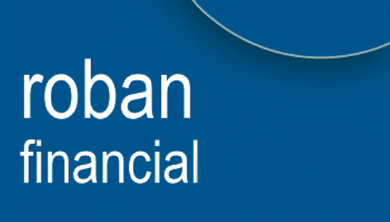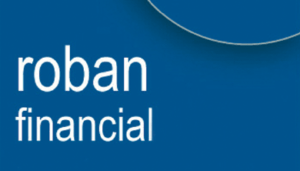As we fast approach the October 31st year end (or November 14th if you file your return online) it is timely to remind you of the hugh tax savings that can be made by contributing to your pension at this time of year!
A good financial adviser will guide you through this process but the main worry we encounter is where the hard earned cash is invested! Given that it is a bonus to have it to invest at all (as it would otherwise be paid to the tax man!) I am also happy to confirm that it can simply sit in cash if you wish but can also be spread over any number of investment types, suitable to your risk profile and length of term of investment.
To recap on those opportunities for self employed, proprietory directors and indeed those in receipt of dual income sources please see below. Employees can also avail of such opportunities to invest in their pension.
If you are Self Employed:
Self-employed individuals liable to Income Tax under Schedule D, Case I and II (i.e. trades and professions) and Case III (i.e. trades or professions exercised wholly outside the State) are entitled to claim relief against Income Tax in respect of Personal Pension and/or Personal Retirement Savings Account (PRSA) contributions up to the following limits:
|
Age Band |
% of Net Relevant Earnings |
|
Up to age 29 |
15% |
|
30 – 39 |
20% |
|
40 – 49 |
25% |
|
50 – 54 |
30% |
|
55 – 59 |
35% |
|
60 and over |
40% |
Notes:
1. Net Relevant Earnings (NRE) are capped at €115,000 for the purpose of calculating allowable contribution amounts.
2. Age is attained age on the last day of the relevant tax year.
The regulations governing tax relief on Personal Pension and PRSA contributions allow self-employed individuals to elect to backdate to the preceding tax year for tax relief purposes any contributions made between the end of the previous tax year and October 31st in the current year (providing Revenue have been notified of the election to backdate the income tax relief to the preceding tax year by 31st October as well). As a result, they may become entitled to a refund of tax paid in relation to the previous tax year.
If you are Proprietary Directors
If you are a Proprietary Director, i.e. a director who owns or controls more than 15% of the shares in a company you are obliged to file a self-assessment tax return by October 31st each year with the Revenue Commissioners in respect of the preceding tax year. If the income in 2016 included non-PAYE income you must also pay any balance of Income Tax, PRSI and USC outstanding from 2016. You must also pay Preliminary Tax on non-PAYE income for the current tax year (i.e. 2017). Failure to file a return and to pay all outstanding taxes will result in a surcharge on the full tax payable for the year, regardless of PAYE or any other tax already paid.
Where a liability to additional tax arises, the option of backdating relief on PRSA/pension contributions made before October 31st, and receiving relief from Income Tax in respect of 2015 relevant earnings, as outlined above may be attractive. Alternatively, a Proprietary Director may make a once-off contribution by salary deduction under the ‘net pay’ arrangement by December 31st this year and receive immediate relief from Income Tax on relevant earnings without having to make a Return of Income.
If you have Dual Income Sources
Where you have more than one source of income, and where one of those sources is an employment that has an occupational pension scheme to which the individual contributes, special rules apply to the tax relief that can be claimed on pension contributions. If you fall into this category, you will need advise in relation to the type of pension contributions make in or you can make in order to maximise the tax reliefs available.
If you wish to reduce your tax bill and more importantly add to your pension fund, then do give us a call. We can work in conjunction with your Accountant/Taxation Consultant should you wish to maximise this opportunity.


